Tech offers Latin America prospect of fairer healthcare
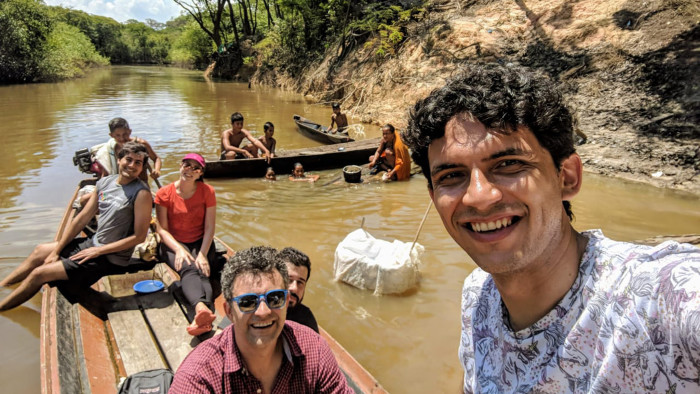
Roula Khalaf, Editor of the FT, selects her favourite stories in this weekly newsletter.
Article 196 of Brazil’s constitution is unambiguous: “Health is a right of all and a duty of the state and shall be guaranteed.” The constitutions of Venezuela, Mexico and Peru make similar promises, yet the reality is quite different in the world’s most unequal continent.
Wealthy Brazilians enjoy high quality private care that compares with anything on offer in Europe or the US. While those in formal employment can access good treatment if they have insurance, most workers toil in the informal economy and instead rely on an overstretched and patchy public health service with waiting times of up to six months for an appointment.
“Brazil has a unified health system,” says Thomaz Srougi, chief executive of Dr Consulta, a low-cost medical treatment provider that uses algorithms and other digital tools to reduce healthcare costs for the less well-off. “In theory it’s beautiful, in practice it doesn’t work. There’s 160m people who rely on the government because they can’t afford health insurance. The government health system is underfunded and understaffed . . . there’s a huge access gap.”
Can the application of digital technologies to healthcare broaden access and improve the quality of medical treatment for Latin America’s tens of millions of impoverished citizens? Or will the new technologies become the preserve of a privileged few?
Pablo Orefice, head of Salud.uy, the Uruguayan government’s digital health initiative, believes that digital healthcare is a “paradigm shift for the least fortunate” in Latin America, giving those who live in more remote areas better access to specialist services more quickly.
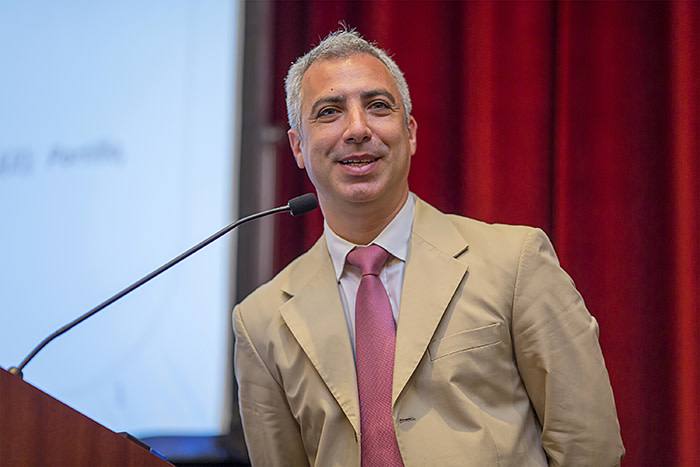
Entrepreneurs such as Rafael Figueroa are helping drive change. Aiming to connect Brazil’s remote Amazon communities to the medical expertise in the cities of São Paulo and Rio de Janeiro more than 3,000km away, Figueroa founded Portal Telemedicina in 2013.
“We had a patient in the remote Amazon town of Coari,” Figueroa says. “He had been in bed for a year and people thought he was already dying.” The local doctor travelled 24 hours by boat up the river to reach him, carrying an electrocardiogram, which measures heart activity, in a backpack. The data was uploaded to the cloud, enabling a cardiologist in São Paulo to diagnose a heart problem and save the patient’s life.
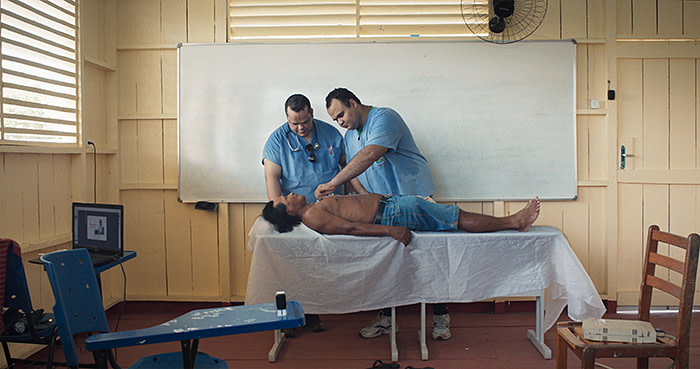
Portal Telemedicina, an online diagnostic platform connecting primary healthcare workers and specialists, offers its services in more than 300 cities in Brazil and in Portuguese-speaking Angola in Africa. One of its breakthroughs was the development of what it calls a “Master Patient Index” to overcome the problem of medical data scattered between different systems under incompatible identifiers.
“Our AI program uses 16 algorithms to do a probabilistic matching of the patient across different databases . . . and merges the different health records under a single data link with all the information on the patient . . . all the diagnostic images, lab results,” says Figueroa. “That way, the doctor can get a 360-degree holistic view of the patient.”
Digital patient records are one of the biggest challenges for Latin American nations. Many use a variety of identifiers for patients, including social security, driving licence and taxpayer numbers. This makes it difficult to create a unified set of documents, held under a secure common identifier.
Uruguay is one of the nations that believes it has cracked the problem. The country has long demonstrated a digital prowess that belies its small size, joining a network of the world’s leading digital governments that includes Estonia, Israel and South Korea.
Agesic, Uruguay’s state-run digital agency, is dedicated to bringing as much of government online as possible. Last September, Salud.uy launched “My Digital Clinical History”, an individual electronic medical record giving almost every Uruguayan access to their full medical history, including test results and treatment in public and private health facilities.
“This is the first and only experience [in Latin America]” of a comprehensive set of health records, says Orefice. “Some countries have individual health providers that offer this but if a person has treatment outside that institution they don’t have any information on it.”
Other Latin American nations are following Uruguay’s lead. Argentina hopes to have 4m patient records online by the end of this year. In Suriname, a project funded by the Pan American Health Organization (Paho) and run by the NGO Medical Mission is piloting the creation of digital health records in remote Amazon tribal communities.
“These are Amerindians, Maroons and other ethnic groups and they live in the jungle . . . and don’t go out of this area,” says Leah-Mari Richards of Paho, who worked on the project. “The challenge has been linking them and their health needs with the broader national system.”
The solution was a portable, solar-powered mini web server that can upload patient medical data to the capital Paramaribo. After being tested in six clinics, the team aims to extend the project to 30 more by July.
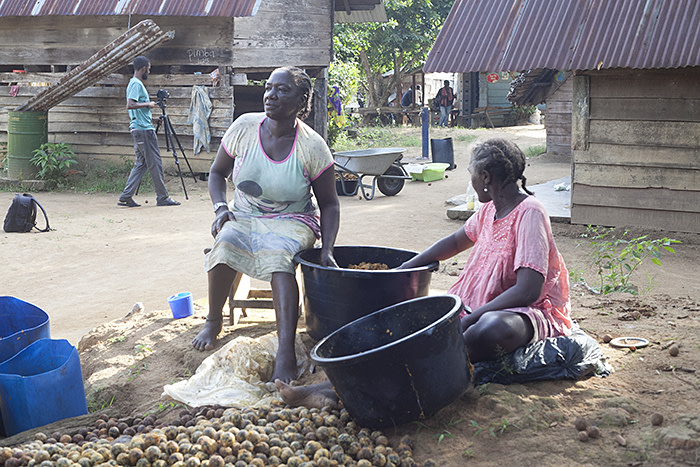
The Covid-19 pandemic is speeding up the use of digital medical technologies across Latin America, experts say.
“The first thing that we are seeing now is . . . an unequal adoption of these technologies,” says Marcelo Cabrol, social sector head at the Inter-American Development Bank in Washington. “If you have an internet connection and enough bandwidth, you can have a teleconsultation and pretty much have a diagnosis. If you’re not — and two-thirds of the population in Latin America would not have access to adequate broadband connections — you’re excluded.” One of the biggest difficulties, Cabrol says, is the lack of collaboration in the continent between the public and private sectors in digital healthcare, meaning that many solutions never get to scale. “We have only a solution for 200 individuals, we don’t have the solution for 2m.”
Data sets used to train AI algorithms can also lead to unconscious bias or discrimination among diverse populations. Cabrol highlights a provincial government study into the high rates of teenage pregnancy in the northern Argentine province of Salta, using AI to predict where pregnancies would occur.
The algorithm proved 88 per cent accurate but, he adds: “Something goes wrong along the way . . . when they look at the sample, they see that they only included poor families, and that’s a discriminatory way of doing it.”
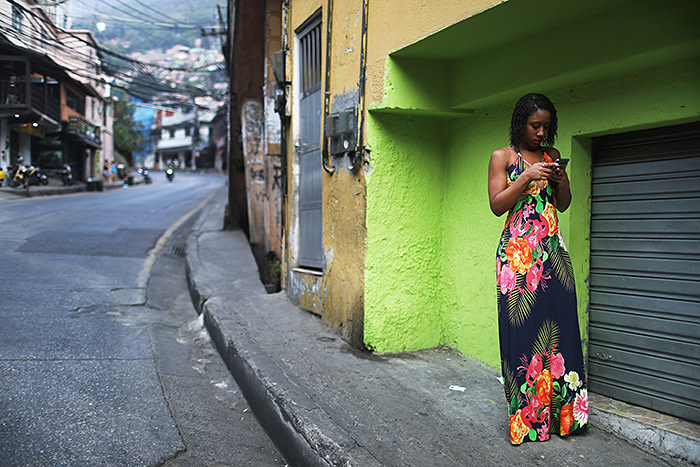
Deployment of new technology can have unintended consequences. In Chile, the government adopted a new digital diagnostic tool to identify cases of diabetic retinopathy, a condition that can cause blindness if untreated. “It was successful in diagnosing retinopathy but was not trained to look for other issues,” says Cabrol.
“So they saw a huge backlash . . . The poor were going there but . . . nobody was looking for other problems because the model wasn’t trained . . . that was reinforcing inequality.”
In addition, he adds, the system was designed to deal with a shortage of ophthalmologists but was deployed so widely that it put many of them out of work. “This is technology trying to reach the poor . . . and ending up actually discriminating against the poor.”
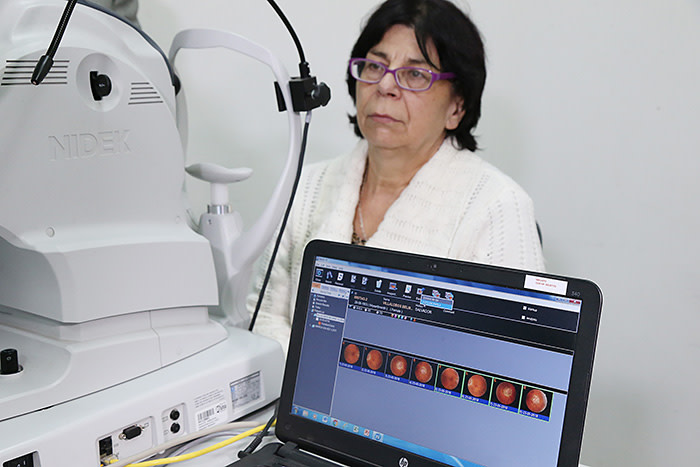
Latin America is also a region where people profoundly mistrust government. Years of inefficient weak national states dogged by corruption have bred an instinctive suspicion among populations of those who rule them — something Cabrol calls “a very fragile social contract”.
A survey by regional pollster Latinobarómetro in 2018 found that 79 per cent of Latin Americans agreed with the statement that “we are governed by a few powerful groups who look after their own interests”. This presents problems for governments trying to win consent for digital technologies that gather and hold large amounts of sensitive personal medical data.
Among health tech entrepreneurs in the region, there is general agreement that the individual data must remain the property of the patient, though many also believe that aggregated anonymised data should be used by researchers to develop and improve services.
“We’ve always been obsessed about data privacy and data usage,” says Srougi of Dr Consulta. “I believe that the patient owns the data. It’s his health, his information.”
Dr Consulta uses non-identified data to support medical decisions “so when we build a clinical algorithm, say for a gynaecologist, the doctor will be able to see the statistics of patients with similar social demographic and health profiles, what’s been done, how the algorithm has performed and what are the statistics for that particular patient”. Srougi says: “Doctors love it.”
Dr Consulta has treated 2m patients in 60 cities across Brazil. Srougi founded the company in São Paulo’s biggest favela, or slum, of Heliópolis in 2011, having left a career in corporate finance to study public policy at the University of Chicago.
“You can set up an appointment online, come to the clinic, check in, pay and be seen, all in less than 50 minutes,” he says. “In the public system, it can take a day to see a clerk to book a doctor’s appointment in three months’ time.” The company also aims to iron out inequality in the supply of doctors in Brazil by connecting patients in remote areas to top specialists for diagnosis, all at affordable prices.
Now, the region’s digital health players are scrambling to press their technologies into service against the common enemy of coronavirus. “It’s a warlike moment to save lives,” says Srougi. “Right now we are doing as many tests as we can and we’re trying to track the sick people using our technology. We have never worked so fast and communicated so fast.”
Cabrol of the IDB believes the pandemic will lead to more profound and wide-ranging changes in Latin America. “What this has done is to highlight the importance of extending access to technology to poorer populations,” he says. “There is now a vibrant debate on whether internet access across the continent should be subsidised as a public good. I’m optimistic that what will come out of the crisis is more democratic access to technology.”

Comments